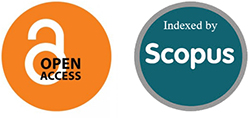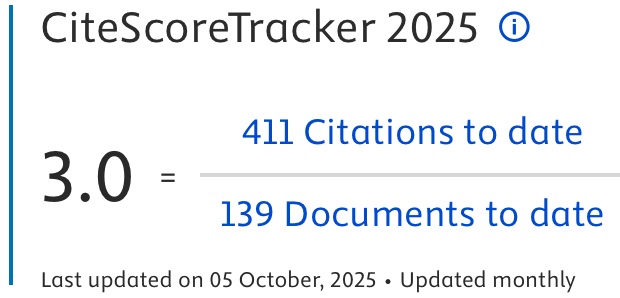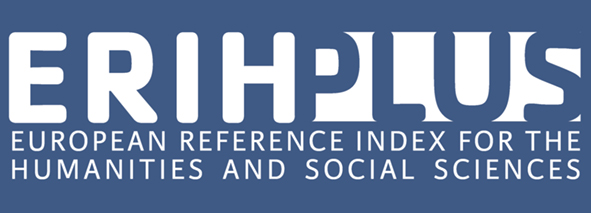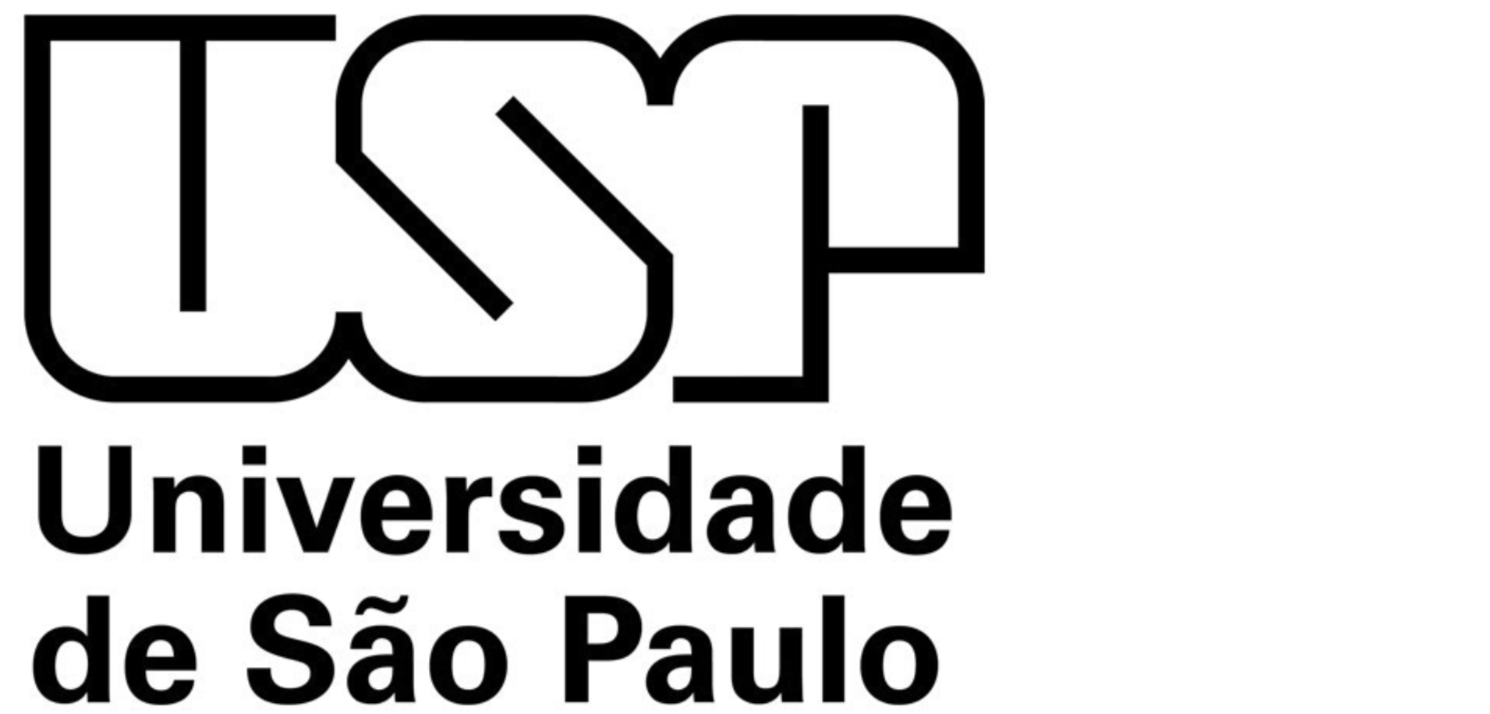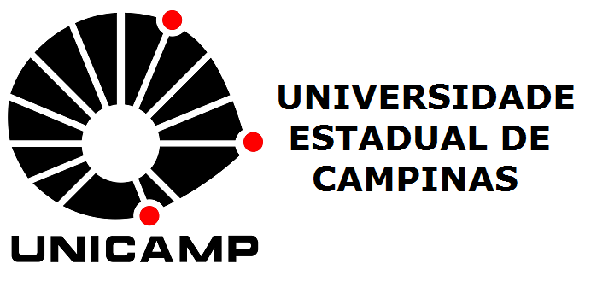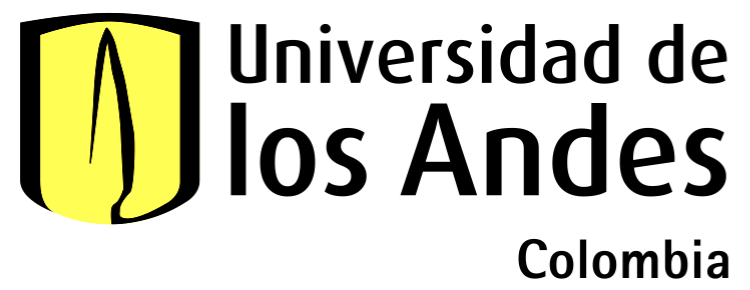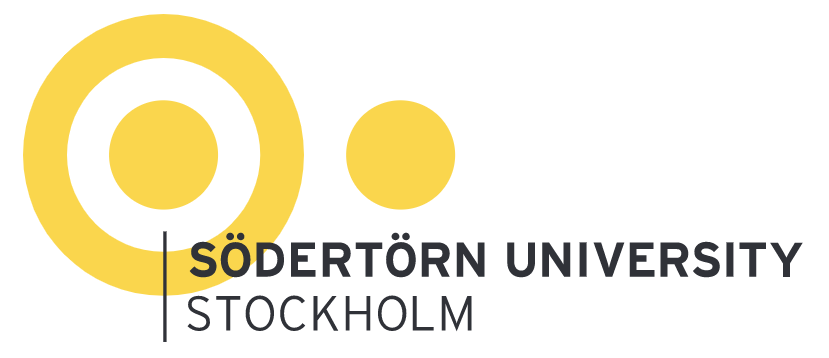2030 Agenda for sustainable tourism – The Way of Santiago de Compostela and the Ancient Trasversale Sicula
DOI:
https://doi.org/10.69143/2464-9309/1742025Keywords:
cultural routes, rural areas, accessibility, soft mobility, governanceAbstract
Sustainable tourism is a determining factor for territorial rebalancing and inclusive development in rural areas within the Sustainable Development Goals framework outlined in Agenda 2030. This paper employs a comparative methodology to examine two distinct cases: the Way of Santiago de Compostela, which is characterised by structured, multi-level management, and the more informal grassroots initiatives of the Ancient Sicilian Transversal, where governance largely relies on local associations and bottom-up initiatives. This study identifies the challenges and opportunities presented by each pathway, evaluating strategies and integrated interventions to foster architectural projects to achieve economic and social sustainability, widespread accessibility of places, and reduction of inequalities in rural areas.
Article info
Received: 18/03/2025; Revised: 15/04/2025; Accepted: 23/04/2025
Downloads
Article Metrics Graph
References
Alberotanza, R. (ed.) (2021), Gli itinerari culturali del Consiglio d'Europa – Un patrimonio europeo, Council of Europe, Strasbourg.
Barbier, E. B. and Burgess, J. C. (2019), “Sustainable development goal indicators – Analyzing trade-offs and complementarities”, in World Development, vol. 122, pp. 295-305. [Online] Available at: doi.org/10.1016/j.worlddev.2019.05.026 [Accessed 17 March 2025].
Baró Zarzo, J. L., Poyato Sebastián, J. and Martínez Martínez, N. (2020) “Contrastare lo spopolamento nell’entroterra della Spagna – Proposte tra Arte, Design e Architettura | Fighting against depopulation in inland Spain – Alternatives from Art, Design and Architecture”, in Agathón | International Journal of Architecture, Art and Design, vol. 8, pp. 138-147. [Online] Available at: doi.org/10.19229/2464-9309/8132020 [Accessed 17 March 2025].
Blanco-Romero, A., Blázquez-Salom, M. and Morrell, M. (2018), “Turismofobia como arma arrojadizo”, in ABACO | Revista de Cultura y Ciencias Sociales, vol. 4, issue 98, pp. 55-64. [Online] Available at: researchgate.net/publication/333186104_Turismofobia_como_ arma_arrojadiza [Accessed 17 March 2025].
Boi, G., Camocini, B., Daglio, L., Mazzarello, M. and Podda, R. (2018), “Restart Oliena 2018 – Strategie temporanee per una rigenerazione permanente | Restart Oliena 2018 – Temporary strategies for a permanent regeneration”, in Agathón | International Journal of Architecture, Art and Design, vol. 4, pp. 227-234. [Online] Available at: doi.org/10.19229/2464-9309/4282018 [Accessed 17 March 2025].
Brancato, R., Guarnera, V., Messina, T. and Santospagnuolo, P. (2021), “Paesaggi archeologici e cultural routes in Sicilia – La ricerca sulla viabilità storica per la valorizzazione del patrimonio culturale diffuso”, in Castiglioni, B., Puttilli, M. and Tanca, M. (eds), Oltre la Convenzione – Pensare, studiare, costruire il paesaggio vent’anni dopo, Società di Studi Geografici, Firenze, pp. 1051-1065. [Online] Available at: ssg2020paesaggio.wordpress.com/pubblicazione/ [Accessed 17 March 2025].
Brianso, I. (2021), “Itinéraires culturels et patrimoine religieux – Multy-dynamiques d’une catégorie croisée en context touristique”, in Via (On-line), vol. 20. [Online] Available at: doi.org/10.4000/viatourism.7812 [Accessed 17 March 2025].
Butler, R. W. (1993), “Tourism – An Evolutionary Perspective”, in Nelson, J. G., Butler, R. W. and Wall, G. (eds), Tourism and Sustainable Development – Monitoring, Planning, Managing, University of Waterloo, Department of Geography, Waterloo, Ontario, pp. 27-44.
Cardia, G. (2018), “Routes and Itineraries as a Means of Contribution for Sustainable Tourism Development”, in Katsoni, V. and Velander, K. (eds), Innovative Approaches to Tourism and Leisure – Fourth International Conference IACuDiT, Athens, Greece, May 25-27, 2017, Springer Proceedings in Business and Economics, Springer, Cham, pp. 17-33. [Online] Available at: doi.org/10.1007/978-3-319-67603-6_2 [Accessed 17 March 2025].
Cimadomo, G., Lecardane, R. and Torregrossa, P. M. (2024), “Rutas culturales en transición – Redes de ecoturismo para comunidades patrimoniales entre Sicilia y Andalucía”, in Pérez Igualada, J. and Portalés Mañanós, A. (eds), ISUF-H | Valencia – VIII Congreso ISUF-H Valencia 2024 – Formas urbanas diversas para espacios en recomposición, Valencia, Spain, October 2-5, 2024, Universitat Politècnica de València, Valencia, pp. 348-362. [Online] Available at: drive.usercontent.google.com/download?id=1RGd7cTQ4D8F2cbVUFVkhdnAW19MGb_W&authuser=0&acrobat PromotionSource=GoogleDriveNativeView&uuid=4ca3adb2-cc4c-4fb6-ac7e-91c752d195ec&at=APcmpozkp_QovJc4fQABnAZcJnhC%3A 1745482512915&confirm=t [Accessed 17 March 2025].
Coccossis, H. and Tsartas, P. (2001), Sustainable Tourism Development and Environment, Ktitiki Publications, Athens.
Council of Europe (2021), EU strategy for sustainable tourism – European Parliament resolution of 25 March 2021 on establishing an EU strategy for sustainable tourism (2020/2038(INI)), document P9_TA(2021)0109. [Online] Available at: europarl.europa.eu/doceo/document/TA-9-2021-0109_EN.pdf [Accessed 17 March 2025].
Council of Europe (2017), Declaration by the Committee of Ministers on the 30th anniversary of the Cultural Routes of the Council of Europe (1987-2017). [Online] Available at: search.coe.int/cm#{%22CoEIdentifier%22:[%220900001680751a42%22],%22sort%22:[%22CoEValidationDate%20Descending%22]} [Accessed 17 March 2025].
Council of Europe (2005), Council of Europe Framework Convention on the Value of Cultural Heritage for Society, Faro, October 27, 2005. [Online] Available at: rm.coe.int/1680083746 [Accessed 17 March 2025].
Council of Europe (2000), European Landscape Convention, Florence, October 20, 2000. [Online] Available at: rm.coe.int/1680080621 [Accessed 17 March 2025].
Council of Europe (1987), The Santiago de Compostela Declaration, October 23, 1987. [Online] Available at: rm.coe.int/16806f57d6/ [Accessed 17 March 2025].
Dall’Ara, G. and Villani, T. (2020), “Per un futuro sostenibile dei borghi – Albergo Diffuso e nuovi scenari di rigenerazione | A sustainable future for hamlets – Albergo Diffuso and new regeneration scenarios”, in Agathón | International Journal of Architecture, Art and Design, vol. 8, pp. 230-243. [Online] Available at: doi.org/10.19229/2464-9309/8222020 [Accessed 17 March 2025].
De Andrade Chemin, F. (2011), Pilgrimage in a Secular Age – Religious and Consumer Landscapes of Late Modernity, Doctoral Thesis, PhD in Sociology, Jose, E., University of Exeter (UK).
Dessì, A., Sanna, A., Marras, F. and Sanna, R. (2019) “Long-time Rural Landscapes – New Models for Sustainable and Resilient Project”, in Conte, A. and Guida, A. (eds), ReUso 2019 – Matera – Patrimonio in divenire – Conoscere, valorizzare, abitare – VII Convegno Internazionale sulla documentazione, conservazione e recupero del patrimonio architettonico e sulla tutela paesaggistica, Matera, October 23-25, 2019, Gangemi Editore, Roma, pp. 2455-2466.
ECF – European Cyclists’ Federation (2024), EuroVelo Route Development Status Report (2024), European Cyclists’ Federation, Brussels. [Online] Available at: pro.eurovelo.com/download/document/EuroVelo-2024-Route-development-final.pdf [Accessed 17 March 2025].
Erschbamer, G., Innerhofer, E. and Pechlaner, H. (2018), Dossier – Overtourism – Ovvero quando il turismo supera i limiti. [Online] Available at: webassets.eurac.edu/31538/1657705708-09-25-overtourism-it.pdf [Accessed 17 March 2025].
Escudero Gómez, L. A. (2019), “Residents’ Opinions and Perceptions of Tourism Development in the Historic City of Toledo, Spain”, in Sustainability, vol. 11, issue 14, article 3854, pp. 1-24. [Online] Available at: doi.org/10.3390/su11143854 [Accessed 17 March 2025].
Farias, M., Coleman III, T. J., Bartlett, J. E., Oviedo, L., Soares, P., Santos, T. and del Carmen Bas, M. (2018), “Atheists on the Santiago way”, in Sociology of Religion, vol. 80, issue 1, pp. 28-44. [Online] Available at: doi.org/10.1093/socrel/sry019 [Accessed 17 March 2025].
Farinetti, E. (2012), I paesaggi in archeologia – Analisi e interpretazione, Carocci Editore, Roma.
Gaddi, R. and Mastrolonardo, L. (2024), “Micro-reti locali per la transizione verde della filiera della lana | Local micro-networks for green transition of the wool supply chain”, in Agathòn | International Journal of Architecture, Art and Design, vol. 15, pp. 344-353. [Online] Available at: doi.org/10.19229/2464-9309/15292024 [Accessed 17 March 2025].
Galderisi, A. (ed.) (2023), Riabitare i Paesi – Strategie operative per la valorizzazione e la resilienza delle aree interne, LetteraVentidue, Siracusa.
Ghersi, A., Pericu, S., Delprino, F. and Melli, S. (2023), “Misurare i paesaggi – Un ritmo per la narrazione attraverso luoghi e itinerari condivisi | Measuring landscapes – A storytelling rhythm through shared places and itineraries”, in Agathón | International Journal of Architecture, Art and Design, vol. 14, pp. 194-203. [Online] Available at: doi.org/10.19229/2464-9309/14162023 [Accessed 17 March 2025].
Goodwin, H. (2017), “Seasonality, Cruises and Overtourism – Coping with Success”, in wtm | Global Hub, newspaper online, 21/03/2017. [Online] Available at: hub.wtm.com/blog/responsible-tourism/seasonality-cruises-and-overtourism-coping-with-success/ [Accessed 17 March 2025].
Gravari-Barbas, M. and Guinand, S. (eds) (2017), Tourism and gentrification in contemporary metropolises – International Perspectives, Routledge, London.
Ingold, T. (2010), “The Temporality of Landscape”, in Preucel, R. W. and Mrozowski, S. A. (eds), Contemporary Archaeology in Theory – The New Pragmatism, Wiley-Blackwell, Chichester, pp. 59-76.
IRSSAT – Istituto di Ricerca, Sviluppo e Sperimentazione sull’Ambiente ed il Territorio (2021), Turismo sostenibile – Le 7 proposte dell’IRSSAT per il futuro delle aree interne. [Online] Available at: siciliasostenibile.org/wp-content/uploads/2021/01/Turismo-sostenibile-le-7-proposte-dellIrssat.pdf [Accessed 17 March 2025].
Jover Báez, J. (2019), “Geografía comercial de los centros históricos – Entre la gentrificación y la patrimonialización – El caso de Sevilla”, in Boletín de la Asociación de Geógrafos Españoles, vol. 82, article 2788, pp. 1-33. [Online] Available at: doi.org/10.21138/bage.2788 [Accessed 17 March 2025].
Kerstetter, D. and Bricker, K. (2009), “Exploring Fijian’s sense of place after exposure to tourism development”, in Journal of Sustainable Tourism, vol. 17, issue 6, pp. 691-708. [Online] Available at: dx.doi.org/10.1080/09669580902999196 [Accessed 17 March 2025].
Lecardane, R. (2022), “The Trasversale Sicula – Themes and action research projects in sensitive Mediterranean areas”, in Pasquali, M. and Mannocci, S. (eds), Med Ways – Open Atlas, LetteraVentidue, Siracusa, pp. 319-332.
Lecardane, R. and Torregrossa, P. M. (2024), “Itinerari culturali e turismo esperenziale – Tindari Natural eMOTION”, in Grattini, G. (ed.), Saperi Territorializzati – Passaggi e paesaggi tra paesi e città, CISAV-APS | Centro Indipendente Studi Alta Valle del Volturno, Cerreto, pp. 43-49. [Online] Available at: cisav-aps.it/wp-content/uploads/2024/09/Saperi-Territorializzati-7_copia-digitale-2.pdf [Accessed 17 March 2025].
Lois-González, R. C. and Santos, X. M. (2015), “Tourists and pilgrims on their way to Santiago – Motives, Caminos and final destinations”, in Journal of Tourism and Cultural Change, vol. 13, issue 2, pp. 149-164. [Online] Available at: doi.org/10.1080/14766825.2014.918985 [Accessed 17 March 2025].
López, L., Pazos Oton, M. and Piñeiro, M. (2019), “¿Existe overtourism en Santiago de Compostela? Contribuciones para un debate ya iniciado”, in Boletín de La Asociación de Geógrafos Españoles, vol. 83, article 2825, pp. 1-48. [Online] Available at: dx.doi.org/10.21138/bage.2825 [Accessed 17 March 2025].
Losco, G., Pasqualini, C. and Khodaparast, M. (2024) “Rivitalizzare le comunità rurali – Autosufficienza energetica e valorizzazione delle risorse boschive locali | Revitalising rural communities – Energy self-sufficiency and valorisation of local forest resources”, in Agathón | International Journal of Architecture, Art and Design, vol. 16, pp. 174-185. [Online] Available at: doi.org/10.19229/2464-9309/16142024 [Accessed 17 March 2025].
Maeran, R. (2019), “Un approccio psicologico al turismo – I fondamenti teorici avviati dal Maestro”, in Ricerche di Psicologia, vol. 42, issue 4, pp. 681-698. [Online] Available at: dx.doi.org/10.3280/rip2019-004007 [Accessed 17 March 2025].
Martín-Duque, C. (2017), “Los impactos del turismo en el Camino de Santiago Francés: una aproximación cualitativa”, in Methaodos | Revista de Ciencias Sociales, vol. 5, issue 1, pp. 62-73. [Online] Available at: doi.org/10.17502/m.rcs.v5i1.155 [Accessed 17 March 2025].
MASE – Ministero dell’Ambiente e della Sicurezza Energetica (2022), Strategia Nazionale per lo Sviluppo Sostenibile 2022 – SNSvS 2022. [Online] Available at: mase.gov.it/sites/default/files/archivio/allegati/sviluppo_ sostenibile/SNSvS/SNSvS22_aggiornata_completa.pdf [Accessed 17 March 2025].
Milano, C., Novelli, M. and Cheer, J. M. (2019), “Overtourism and Tourismphobia – A Journey Through Four Decades of Tourism Development, Planning and Local Concerns”, in Tourism Planning and Development, vol. 16, issue 4, pp. 353-357. [Online] Available at: doi.org/10.1080/21568316.2019.1599604 [Accessed 17 March 2025].
Ministero del Turismo (2024), Piano Strategico del Turismo 2023-2027. [Online] Available at: ministeroturismo.gov.it/wp-content/uploads/2024/09/Volume_PST_Settembre_2024_web_B.pdf [Accessed 17 March 2025].
MITMA – Ministerio de Transportes, Movilidad y Agenda Urbana (2021), Estrategia Estatal por la Bicicleta. [Online] Available at: cdn.mitma.gob.es/portal-web-drupal/esmovilidad/estrategias/recursos/ 210608_estrategia_estatal_por_la_bicicleta_(eexb)_070621.pdf [Accessed 17 March 2025].
MITMA – Ministerio de Transportes, Movilidad y Agenda Urbana (2019), Agenda Urbana Española. [Online] Available at: mitma.gob.es/ [Accessed 17 March 2025].
Nucifora, M. (2008), Il paesaggio della storia – Per un approccio paesistico territoriale alla valorizzazione del patrimonio archeologico diffuso, Officina di Studi Medievali, Palermo.
Oficina de Acogida al Peregrino (2025), Información estadística Oficina Peregrino para 2025 hasta marzo. [Online] Available at: oficinadelperegrino.com/en/statistics-2/ [Accessed 17 March 2025].
Pace, B. (1958), Arte e civiltà della Sicilia antica, Società Editrice Dante Alighieri, Palermo.
Pham-Truffert, M., Metz, F., Fischer, M., Rueff, H. and Messerli, P. (2020), “Interactions among Sustainable Development Goals – Knowledge for identifying multipliers and virtuous cycles”, in Sustainable Development, vol. 28, issue 5, pp. 1236-1250. [Online] Available at: doi.org/10.1002/sd.2073 [Accessed 17 March 2025].
Pultrone, G. (2024), “Transition Pathways and Cultural Itineraries for Sustainable, Resilient and Inclusive Tourism”, in Calabrò, F., Madureira, L., Morabito, F. C. and Piñeira Mantiñán, M. J. (eds), Networks, Markets and People – Communities, Institutions and Enterprises Towards Post-humanism Epistemologies and AI Challenges – Volume 2, Reggio Calabria, Italy, May 22-24, 2024, Lecture Notes in Networks and Systems, vol. 1184, Springer, Cham, pp. 266-275. [Online] Available at: doi.org/10.1007/978-3-031-74608-6_26 [Accessed 17 March 2025].
Randers, J., Rockström, J., Stoknes, P.-E., Goluke, U., Collste, D., Cornell, S. E. and Donges, J. (2019), “Achieving the 17 Sustainable Development Goals within 9 planetary boundaries”, in Global Sustainability, vol. 2, pp. 1-11 [Online] Available at: doi.org/10.1017/sus.2019.22 [Accessed 17 March 2025].
Regione Siciliana (2023), Strategia Regionale per lo Sviluppo Sostenibile, Regione Siciliana – Assessorato Turismo, Palermo. [Online] Available at: orbs.regione.sicilia.it/images/Startegia_Regionale_Sviluppo_Sostenibile_ adottata.pdf [Accessed 17 March 2025].
Uggeri, G. (2004), La viabilità della Sicilia in età romana, Congedo Editore, Galatina.
UN – United Nations (2015), Transforming our World – The 2030 Agenda for Sustainable Development, document A/RES/70/1. [Online] Available at: sustainabledevelopment.un.org/index.php?page=viewandtype=111andnr=8496andmenu=35 [Accessed 17 March 2025].
UNFCCC – United Nations Framework Convention on Climate Change (2019), United Nations – Climate Change – Annual Report 2019. [Online] Available at: unfccc.int/sites/default/files/resource/unfccc_annual_report_2019.pdf [Accessed 17 March 2025].
UNWTO – World Tourism Organisation (2023), Achieving the Sustainable Development Goals Through Tourism – Toolkit of Indicators for Projects (TIPs). [Online] Available at: doi.org/10.18111/9789284424344 [Accessed 17 March 2025].
UNWTO – World Tourism Organization (2019), UNWTO Tourism Definitions. [Online] Available at: doi.org/10.18111/9789284420858 [Accessed 17 March 2025].
UNWTO – World Tourism Organisation, Centre of Expertise Leisure – Tourism & Hospitality, NHTV Breda University of Applied Sciences and NHL Stenden University of Applied Sciences (2018), Overtourism’? Understanding and Managing Urban Tourism Growth beyond Perceptions – Executive Summary, UNWTO, Madrid. [Online] Available at: doi.org/10.18111/9789284420070 [Accessed 17 March 2025].
Valldecabres, J. G. and Besana, D. (2023), “Architetture minime per il paesaggio – Il modulo come strumento per la sostenibilità | Minimal architectures for landscape – The module as a tool for sustainability”, in Agathón | International Journal of Architecture, Art and Design, vol. 14, pp. 50-61. [Online] Available at: doi.org/10.19229/2464-9309/1432023 [Accessed 17 March 2025].
Velo, L. and Cervesato, A. (2023), “Moduli compositivi – Prospettive per antichi patrimoni verso la transizione ecologica | Project modules – Prospects for ancient heritage towards ecological transition”, in Agathón | International Journal of Architecture, Art and Design, vol. 14, pp. 116-125. [Online] Available at: doi.org/10.19229/2464-9309/1492023 [Accessed 17 March 2025].
Wall, G. (1997), “FORUM – Is ecotourism sustainable?”, in Environmental Management, vol. 21, issue 4, pp. 483-491. [Online] Available at: doi.org/10.1007/s002679900044 [Accessed 17 March 2025].
WCED – World Commission on Environment and Development (1987), Report of the World Commission on Environment and Development – Our Common Future, From One Earth to One World. [Online] Available at: sustainabledevelopment.un.org/content/documents/5987our-common-future.pdf [Accessed 17 March 2025].
Weiss, M. and Cattaneo, C. (2017), “Degrowth – Taking Stock and Reviewing an Emerging Academic Paradigm”, in Ecological Economics, n. 137, pp. 220-230. [Online] Available at: doi.org/10.1016/j.ecolecon.2017.01.014 [Accessed 17 March 2025].
Xunta de Galicia (2021a), Plan Director do Camiño de Santiago en la Comunidad Autónoma de Galicia – 2022-2027. [Online] Available at: turismo.gal/osdam/filestore/8/0/2/8/0_f27a74e87537cb1/80280_ 3281445b30ed41f.pdf [Accessed 17 March 2025].
Xunta de Galicia (2021b), Plan de reactivación dos sectores cultural e turístico fronte aos efectos derivados da COVID-19. [Online] Available at: ficheiros-web.xunta.gal/cultura/publicacions/plan-reactivacion-cultural-turistica.pdf [Accessed 17 March 2025].
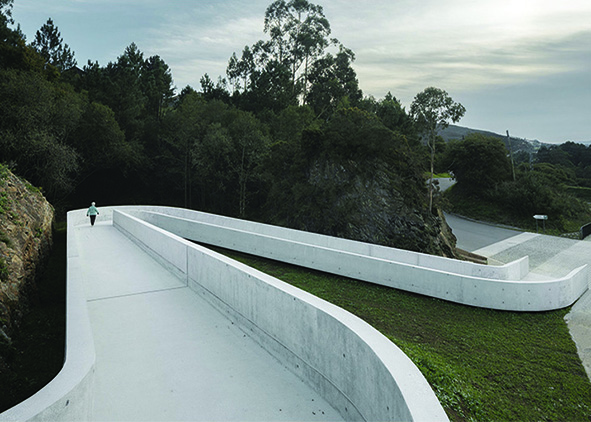
Downloads
Published
How to Cite
Issue
Section
Categories
License
Copyright (c) 2025 Guido Cimadomo, Renzo Lecardane, Pietro Maria Torregrossa

This work is licensed under a Creative Commons Attribution 4.0 International License.
This Journal is published under Creative Commons Attribution Licence 4.0 (CC-BY).
License scheme | Legal code
This License allows anyone to:
Share: copy and redistribute the material in any medium or format.
Adapt: remix, transform, and build upon the material for any purpose, even commercially.
Under the following terms
Attribution: Users must give appropriate credit, provide a link to the license, and indicate if changes were made; users may do so in any reasonable manner, but not in any way that suggests the licensor endorses them or their use.
No additional restrictions: Users may not apply legal terms or technological measures that legally restrict others from doing anything the license permits.
Notices
Users do not have to comply with the license for elements of the material in the public domain or where your use is permitted by an applicable exception or limitation.
No warranties are given. The license may not give users all of the permissions necessary for their intended use. For example, other rights such as publicity, privacy, or moral rights may limit how you use the material.




